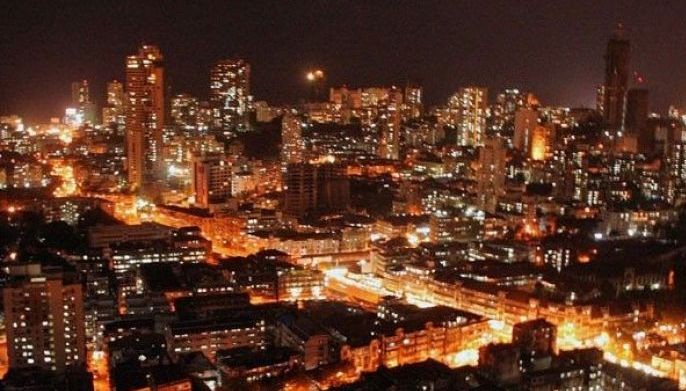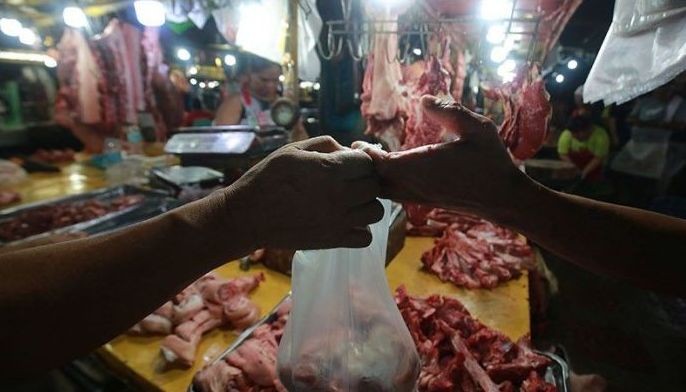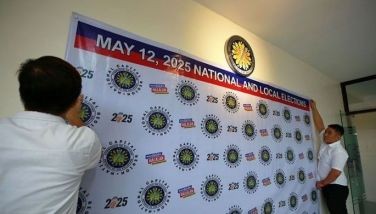Philippine economy disappoints, eases to 3-year low
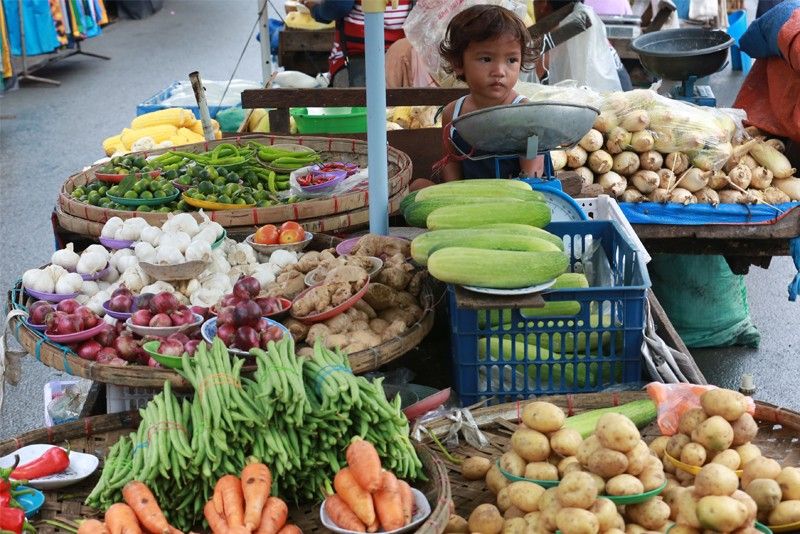
MANILA, Philippines (Updated 1:41 p.m.) — The Philippine economy grew at its slowest pace in three years in the second quarter of 2018, missing estimates and failing to meet the government’s expectations.
Gross domestic product—or the value of all finished goods and services produced in the country—sharply eased to 6.0 percent in the April-June period.
The latest GDP figure was lower than the downwardly revised 6.6 percent in the first quarter and the 6.7 percent clocked in the comparable period last year. In the first half of the year, the economy grew at 6.3 percent.
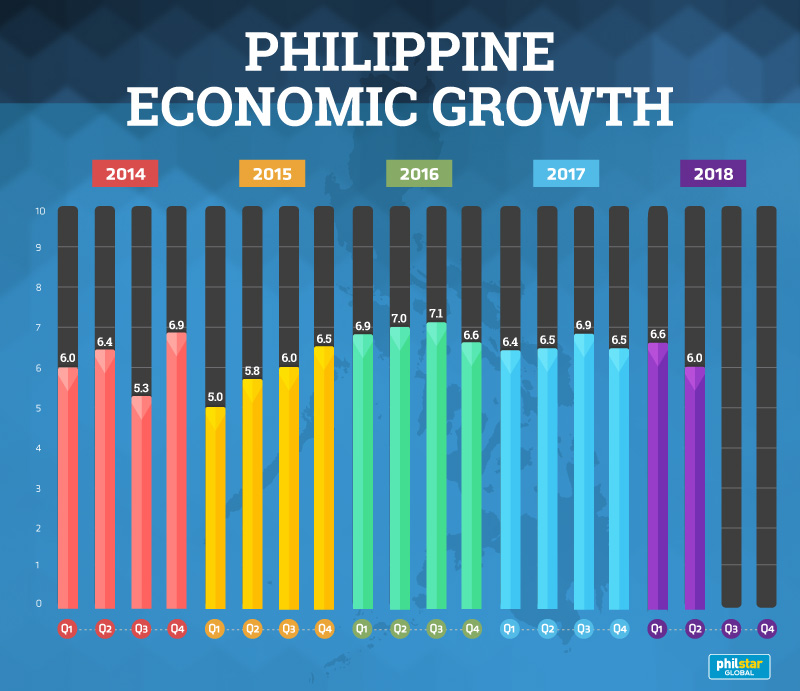
The economy’s disappointing performance was the slowest since the similar 6.0-percent expansion recorded in the third quarter of 2015.
Some economists had forecast a growth rate of 6.7 percent for the second quarter. Meanwhile, the Duterte administration is targeting to supercharge economic growth by 7-8 percent through its ambitious infrastructure program.
Socioeconomic Planning Secretary Ernesto Pernia said the economy would have to expand by at least 7.7 percent in the second half to achieve the low-end of its goal for the year.
“We have to double time our efforts in terms of encouraging the sectors to be more productive and efficient in their activities,” Pernia told reporters.
Shortly after the GDP data were released, the Philippine Stock Exchange index, a barometer of investor confidence, wiped out earlier gains and sank 87.60 points or 1.12 percent to 7,763.86 as of 10:17 a.m. The surprise slowdown last quarter also slightly dragged down the Philippine Peso.
Inflation, ‘judicious’ policies bite
At the same press conference, Pernia said the Philippines is still one of the fastest growing economies in Asia.
However, he said the Duterte administration’s “prudent and judicious” policy decisions slowed the country’s growth engine. According to Pernia, these policies include the closure of Boracay for a major cleanup and regulations in the mining sector.
To note, the country’s economic managers earlier said the temporary shutdown of Boracay, the country’s top tourist draw, won’t hurt the overall economy. Meanwhile, President Rodrigo Duterte has said the mining sector has little contribution to the economy as he repeatedly threatens to close supposed erring mines down.
"To be fair and put things in proper context, the slowdown is partly due to policy decisions undertaken that are expected to promote sustainable and resilient development," Pernia said. “These are actually a blessing in disguise.”
Pernia also said inflation, which surged to a fresh five-year high of 5.7 percent in July, dented the economy’s performance last quarter.
“We would have been well within our target of 7-8 percent. Even higher,” he stressed.
‘Challenge’
The second quarter GDP figure was announced hours ahead of the Bangko Sentral ng Pilipinas’ policy meeting in the afternoon. Monetary authorities have jacked up key rates twice this year to combat inflation.
Some analysts say the economy's sluggish growth won’t stop the central bank from delivering an “aggressive” policy action later in the day. Higher interest rates discourage people from borrowing money and from spending, causing a decline in demand which, in turn, tempers inflation and can even slow down the country’s economic growth.
“In terms of monetary policy, we still expect BSP to hike its policy rate by a more aggressive 50 basis points (bps) later today given the sharp inflation pick-up in July,” analysts at Nomura said.
Separately, ANZ research said further monetary tightening is essential. “Accordingly, we continue to expect the BSP to increase its policy rate by 25bps to 3.75 percent later today, and we do not rule out more aggressive action,” they said.
For London-based Capital Economics, economic growth will continue to decelerate over the second semester of the year as tighter monetary policy and higher inflation weigh on consumer spending, which accounts for about seven-tenths of the Philippine economy.
Further ahead, a key risk to growth is the “deteriorating political climate” under Duterte’s leadership that has put off investors, Capital Economics added.
“Pledges of foreign investment are already at their weakest since 2010 and if this trend continues, it will weigh on potential growth,” it said.
- Latest
- Trending






